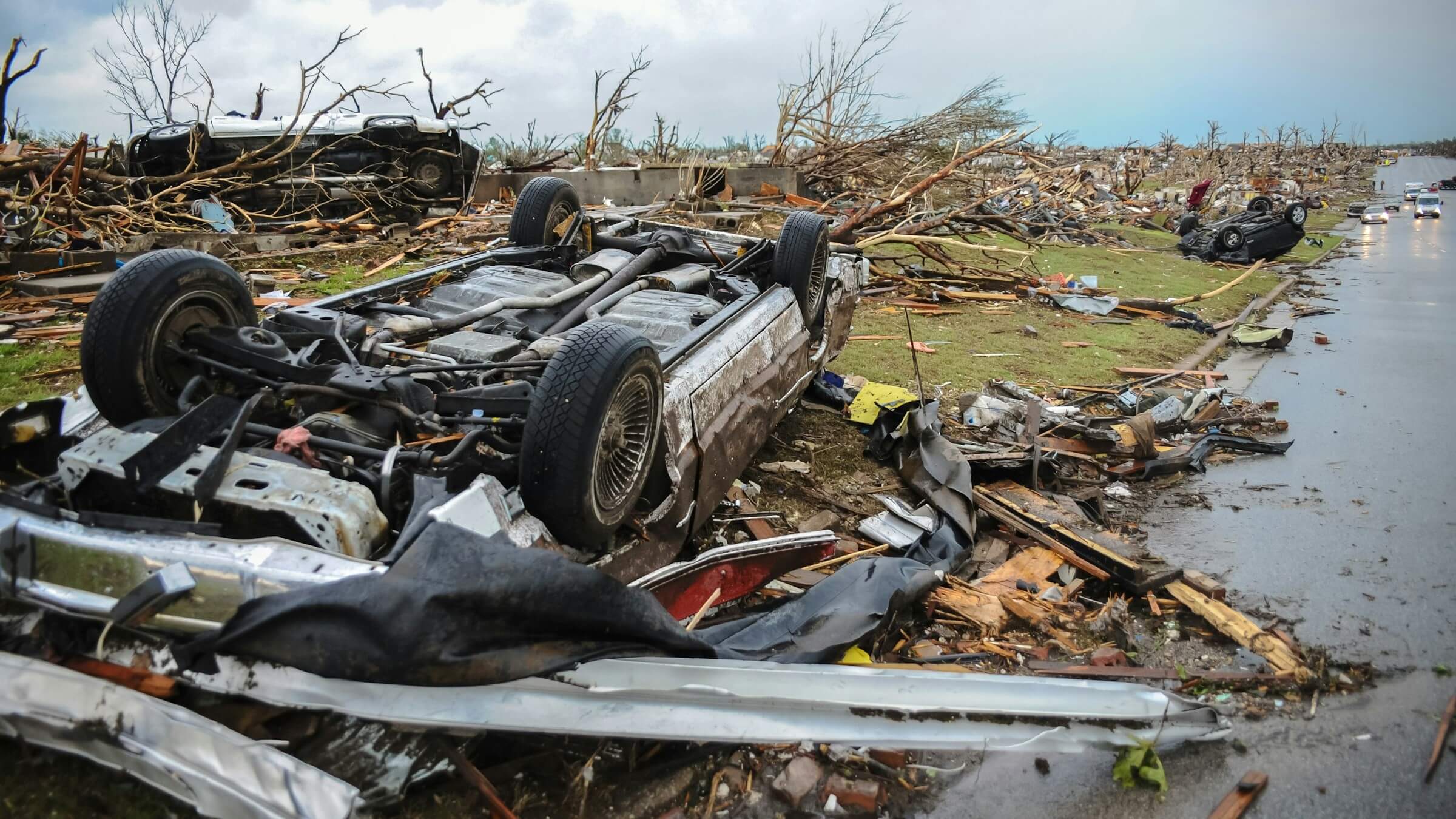As climate-related disasters intensify, specialists stress the need for interconnected global databases and improved early warning systems to safeguard vulnerable communities.

Climate-related disaster risk has been a key topic at the COP29 summit in Baku, Azerbaijan, which closes this week. With climate change driving an increase in disasters, experts at the summit have talked about the importance of improving and expanding early warning systems, as well as the development of an interconnected global database to track climate loss and damages.
At the basis of all of that work is one fundamental thing: data. “All the efforts on climate action hinge upon the availability of and access to data,” notes the UN office for Disaster Risk Reduction (UNDRR).
More effectively taking on challenges like mapping flood and wildfire risk zones, or assessing loss and damages requires all kinds of data: geospatial, meteorological, historical records and geographical data, among many others.
In the face of the escalating climate crisis, experts say it’s vital to make the vast amounts of data available to scientists more accessible and useable, to inform both immediate decisions and long-term planning. Solving those questions will be key to our ability to build systems that enable people to make quick, informed decisions in the face of increasing disasters – decisions which can be a matter of life and death.
The importance of data for effective decision-making
“The background to getting to those decisions is all about data,” explained Bapon Fakhruddin, a hydro-meteorologist with extensive experience in climate risk and Water Resources Management Senior Specialist at the Green Climate Fund. Fakhruddin co-chairs the Task Group on FAIR Data for Disaster Risk Research at the ISC Committee on Data (CODATA), which works to improve access and usability of data on disaster risk, enabling more effective action and decision-making.
To read more please view the entire article on the ISC website.
